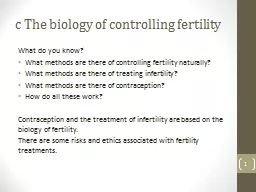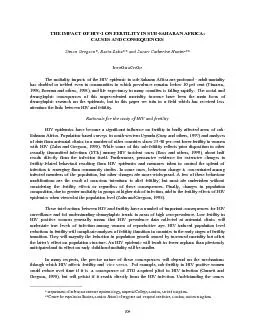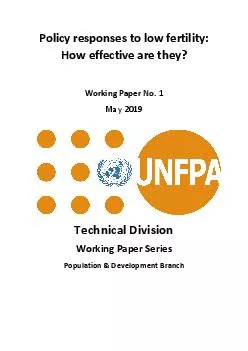PPT-BR and Fertility
Author : luanne-stotts | Published Date : 2017-12-11
Why do some areas of the world have higher fertility rates BABY O MATIC How many will you have Why do governments care about fertility What can be done to control
Presentation Embed Code
Download Presentation
Download Presentation The PPT/PDF document "BR and Fertility" is the property of its rightful owner. Permission is granted to download and print the materials on this website for personal, non-commercial use only, and to display it on your personal computer provided you do not modify the materials and that you retain all copyright notices contained in the materials. By downloading content from our website, you accept the terms of this agreement.
BR and Fertility: Transcript
Download Rules Of Document
"BR and Fertility"The content belongs to its owner. You may download and print it for personal use, without modification, and keep all copyright notices. By downloading, you agree to these terms.
Related Documents














